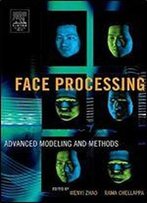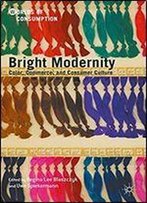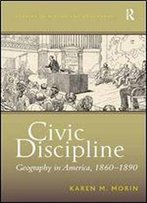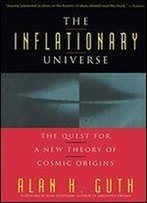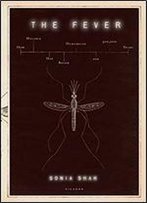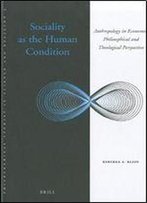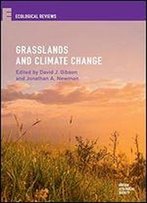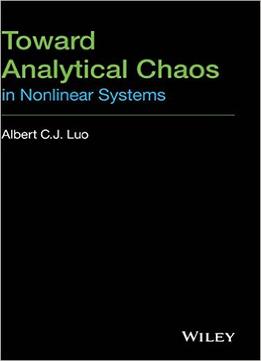
Toward Analytical Chaos In Nonlinear Systems
by Albert C. J. Luo /
2014 / English / PDF
15.5 MB Download
Exact analytical solutions to periodic motions in nonlineardynamical systems are almost not possible. Since the 18th century,one has extensively used techniques such as perturbation methods toobtain approximate analytical solutions of periodic motions innonlinear systems. However, the perturbation methods cannot providethe enough accuracy of analytical solutions of periodic motions innonlinear dynamical systems. So the bifurcation trees of periodicmotions to chaos cannot be achieved analytically. The authorhas developed an analytical technique that is more effective toachieve periodic motions and corresponding bifurcation trees tochaos analytically. Toward Analytical Chaos in Nonlinear Systemssystematically presents a new approach to analytically determineperiodic flows to chaos or quasi–periodic flows in nonlineardynamical systems with/without time–delay. It covers themathematical theory and includes two examples of nonlinear systemswith/without time–delay in engineering and physics. From theanalytical solutions, the routes from periodic motions to chaos aredeveloped analytically rather than the incomplete numerical routesto chaos. The analytical techniques presented will provide abetter understanding of regularity and complexity of periodicmotions and chaos in nonlinear dynamical systems. Key features: Presents the mathematical theory of analytical solutions ofperiodic flows to chaos or quasieriodic flows in nonlineardynamical systems Covers nonlinear dynamical systems and nonlinear vibrationsystems Presents accurate, analytical solutions of stable and unstableperiodic flows for popular nonlinear systems Includes two complete sample systems Discusses time–delayed, nonlinear systems and time–delayed,nonlinear vibrational systems Includes real world examples Toward Analytical Chaos in Nonlinear Systems is acomprehensive reference for researchers and practitioners acrossengineering, mathematics and physics disciplines, and is also auseful source of information for graduate and senior undergraduatestudents in these areas.
